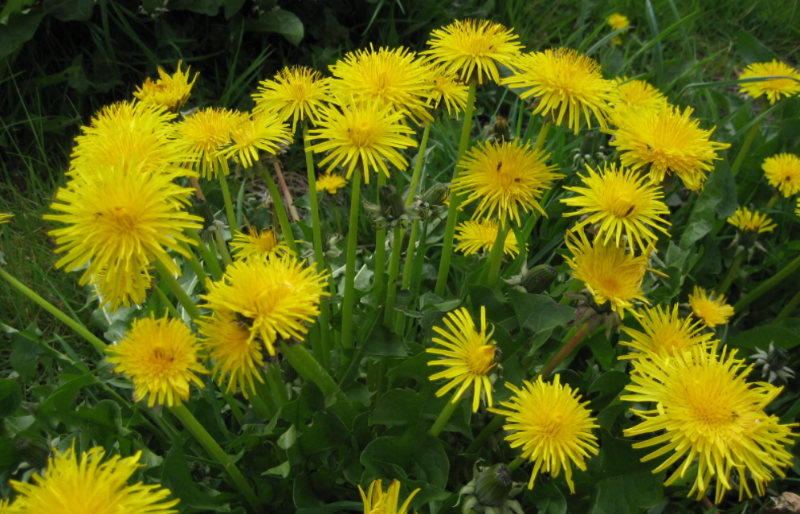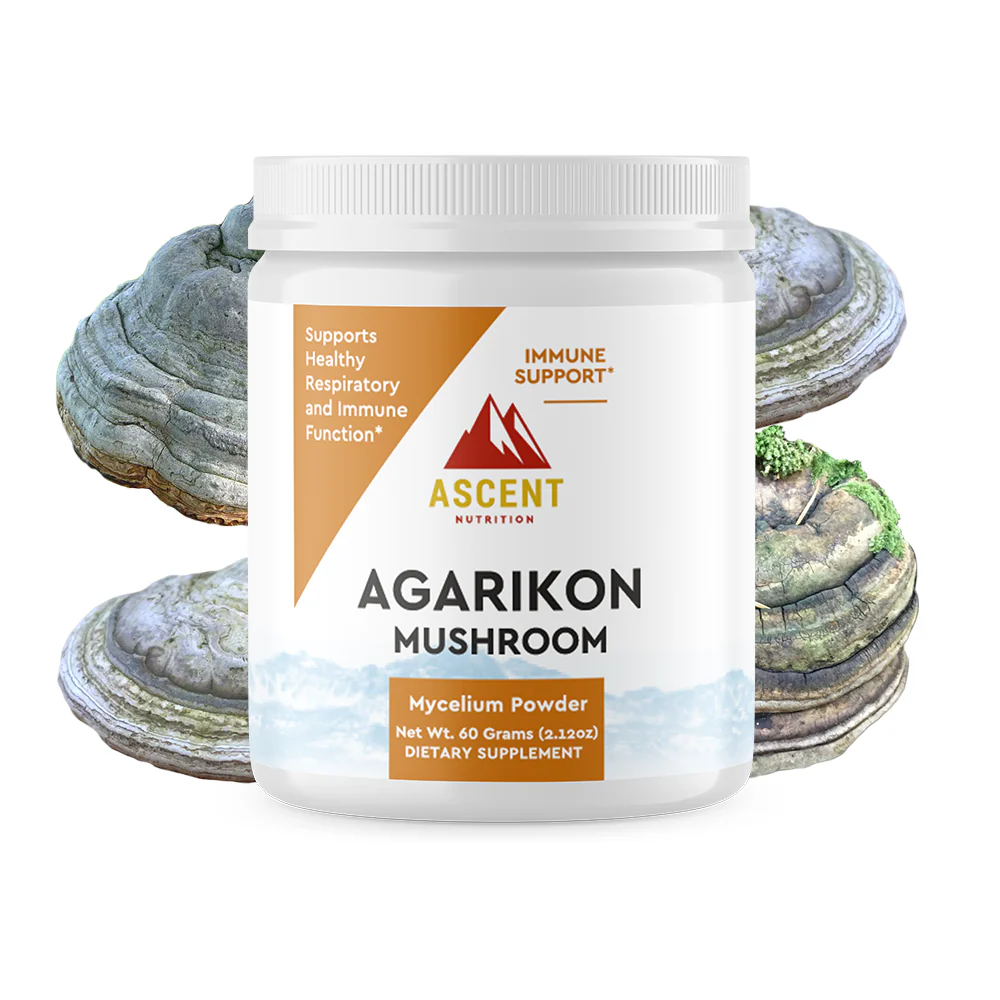(Divina Ramirez) You don’t have to leave the city to forage for edible plants. Suburban and even urban areas can have a variety of edible plants you can turn to in times of need because of green spaces like yards and parks.
Related Top 7 Lies about Health and Safety over 200 Million Americans Believe Today
by Divina Ramirez, July 23rd, 2021
Listed below are five common wild edibles that can be found in urban areas nationwide. They’re extremely easy to identify and they’re versatile ingredients, qualities that make them good survival foods. (h/t to PreppersWill.com)
1. Acorns
Acorns are a protein-rich survival food. They’re especially abundant in cities because oak trees are planted as street and landscape trees in urban environments. You can easily collect large quantities of acorns, too.
Acorns contain chemicals called tannins, which make them taste bitter. To remove the tannins, soak the acorns in water for several hours. Once the water turns brown, drain and rinse the acorns. This method allows the acorns to retain most of their nutrients.
Spread them on a baking tray to dry or dry them in the oven at a low temperature. Once dry, you can eat acorns whole or grind them to make flour.
2. Sumac
Sumac is a flowering plant that grows throughout North America. You can easily identify it by its clusters of red berries, which persist through winter. These berries can be made into a drink rich in vitamin C. Collect sumac berries early in the season as they lose flavor the longer they’re exposed to the elements.
3. Dandelion
Dandelion is one of the most common weeds found in gardens. Most of its parts are edible and nutritious. Its stem, for instance, contain calcium, iron and vitamin C, while the roots and leaves are rich in fiber. Dandelion leaves can be added to salads, while its yellow flowers can be used to make tea. (Related: Survival foraging: How to identify and use dandelion, a versatile weed.)
4. Rosehip
When roses are pollinated and allowed to remain on the plant, they produce rose hips – red, bulbous fruits that contain seeds. Rosehips often appear in late summer and fall. They are rich in vitamin C and can be used to make tea, soup and glazes.
5. Cattail
In the summer, cattails resemble hotdogs on a stick. Even in the fall and winter, cattails are easily recognizable. Several parts of the plant are edible, particularly its starchy, potato-like rhizomes.
Tips for foraging
If you’re new to foraging, take note of the following tips so that you can safely forage for wild edible plants:
- Consult a foraging expert. Consult a local plant expert who can help you identify plants and note subtle differences between various plant species. Find a foraging expedition in your area and join for more hands-on lessons on foraging.
- Use your eyes. Seasoned foragers rely on their senses, especially their eyes, to identify characteristics of plants, which serve as their “clues” as to whether or not a plant is edible. Inspect the plant’s leaves, flowers and stems. Do this across seasons to understand how plants look in different seasons, particularly because pocket field guides tend to only depict plants at the peak of their edibility.
- Read. Once you’ve gotten the hang of distinguishing plant characteristics, read foraging manuals, cookbooks and other resources to verify your observations and learn more about the plants you’re foraging for. You can also make your own sketches when observing plants and confirm their identification using foraging manuals.
- Taste the plant. Taste is the riskiest identifying clue, which is why it should be saved for last. Do not try to taste a plant if you’re not absolutely sure of its identity.
- Avoid wild mushrooms. There are few plants that will kill you if ingested. Most of those are species of mushrooms. While there are edible mushroom species, it’s best to stay away from them if you’re not comfortable foraging for them yet because some toxic mushroom species look like edible ones.
“I felt like I was getting a cold, but Agarikon stopped it in its tracks.”
Organic AGARIKON fights Viruses & Bio-warfare, and much more!
10 times more effective than ribavirin against Herpes (HSV1, HSV2), Swine flu (H1N1), Bird flu (H1N4), Pox (cowpox). Studied by the DoD for the Bioshield program.
Get your Agarikon biodefense from Ascent Nutrition, one of the most pure and potent in the industry.
Save 10% and get free shipping with a subscription!
Stillness in the Storm Editor: Why did we post this?
The news is important to all people because it is where we come to know new things about the world, which leads to the development of more life goals that lead to life wisdom. The news also serves as a social connection tool, as we tend to relate to those who know about and believe the things we do. With the power of an open truth-seeking mind in hand, the individual can grow wise and the collective can prosper.
– Justin
Not sure how to make sense of this? Want to learn how to discern like a pro? Read this essential guide to discernment, analysis of claims, and understanding the truth in a world of deception: 4 Key Steps of Discernment – Advanced Truth-Seeking Tools.
Stillness in the Storm Editor’s note: Did you find a spelling error or grammatical mistake? Send an email to corrections@stillnessinthestorm.com, with the error and suggested correction, along with the headline and url. Do you think this article needs an update? Or do you just have some feedback? Send us an email at sitsshow@gmail.com. Thank you for reading.
Source:
https://www.naturalnews.com/2021-07-23-edible-plants-for-urban-foraging.html
DIRECT DONATION
Support our work! (Avoid Big Tech PayPal and Patreon)


Leave a Reply